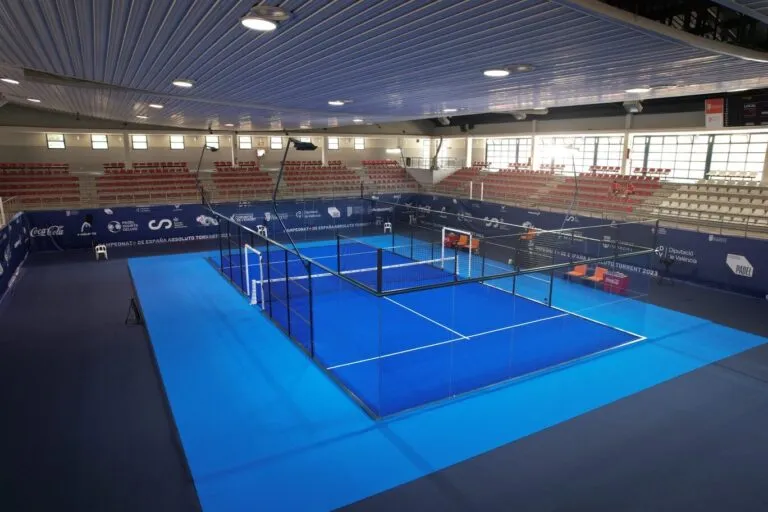

Exploring the Growing Popularity of Padel and Paddle Tennis
In recent years, the sports world has witnessed a remarkable shift towards niche racket sports, particularly padel and paddle tennis. Though often confused, these two sports share similarities while boasting unique features that distinguish them from one another. The increasing popularity of both is a testament to their engaging nature and accessibility, which cater to players of all skill levels.
Padel, originating in Mexico in the 1960s, has rapidly gained global traction, especially in Europe and South America. It is played in an enclosed court, approximately one-third the size of a tennis court, featuring walls on all sides. The walls are not merely barriers; they play an integral role in gameplay, allowing players to hit the ball off them much like in squash. This strategic element adds a layer of complexity and excitement, encouraging dynamic rallies that keep players on their toes.
Exploring the Growing Popularity of Padel and Paddle Tennis
One of the primary reasons for the surge in popularity of these sports is their accessibility. Both padel and paddle tennis require less technical expertise to play compared to traditional lawn tennis, making them inviting for beginners. The smaller court sizes mean less running, which often appeals to those who may be deterred by the physical demands of other racket sports. Moreover, the social aspect of both games fosters community and camaraderie among players, creating energetic atmospheres at clubs and recreational facilities.

As more people incorporate padel and paddle tennis into their sports repertoire, it’s evident that these games promote crucial physical and mental benefits. Similar to other forms of exercise, playing either sport can enhance cardiovascular health, improve coordination, and develop agility. Furthermore, these sports offer mental stimulation through strategic thinking and teamwork, particularly in doubles play. Whether you are engaging in friendly competition or honing your skills, the positive impact on well-being is undeniable.
With the rise of padel and paddle tennis, infrastructure has been rapidly developing to meet increasing demand. New courts are being built across the globe, and existing sports clubs are integrating these options into their offerings. This growth reflects not only an interest in trying new sports but also a desire for active social engagement, which has become even more vital in a post-pandemic world.
Professional circuits are now emerging for both padel and paddle tennis, attracting top talent and fostering competitive spirit in these sports. Organizations and federations dedicated to their growth are stepping up efforts to promote international tournaments and championships. This increasing level of competition is drawing even more attention and enthusiasm from fans around the world.
Looking towards the future, it is clear that padel and paddle tennis are here to stay. Their unique characteristics and inviting nature make them appealing to a broad audience, from casual players to seasoned athletes. As we continue to experience a cultural shift towards active, balanced lifestyles, the rising popularity of these racket sports serves as a beacon of community engagement and physical wellness.
In conclusion, whether you find yourself on a closed padel court or an open paddle tennis field, the thrill of the game is sure to leave a lasting impression. As more individuals pick up a paddle and join the excitement, the legacy of these sports will continue to flourish, defining a significant chapter in the evolution of racket sports for years to come.
Premium PVC & Rubber Sports Flooring Shock Absorption, Slip Resistance
Durable Rubber Floor Mats Slip-Resistant & Easy Clean Design
Premium Rubber Floor Mats Slip-Resistant, Durable & Easy-Clean
Rubber Bricks & Flooring Durable, Slip-Resistant Eco-Friendly Solutions
Homogeneous Transparent Rubber Flooring - Durable & Slip-Resistant
Durable PVC & Rubber Sports Flooring Slip-Resistant & High-Performance